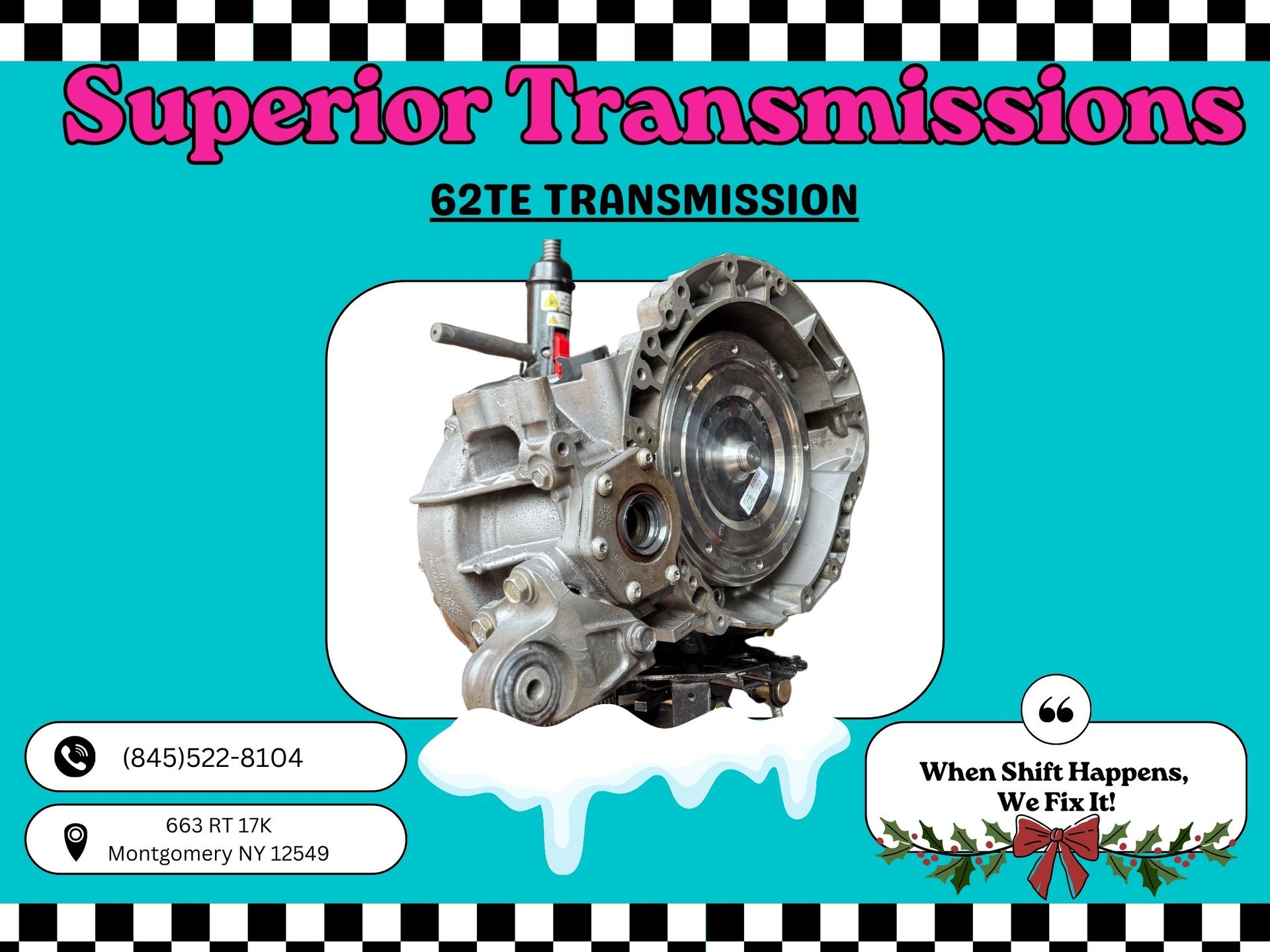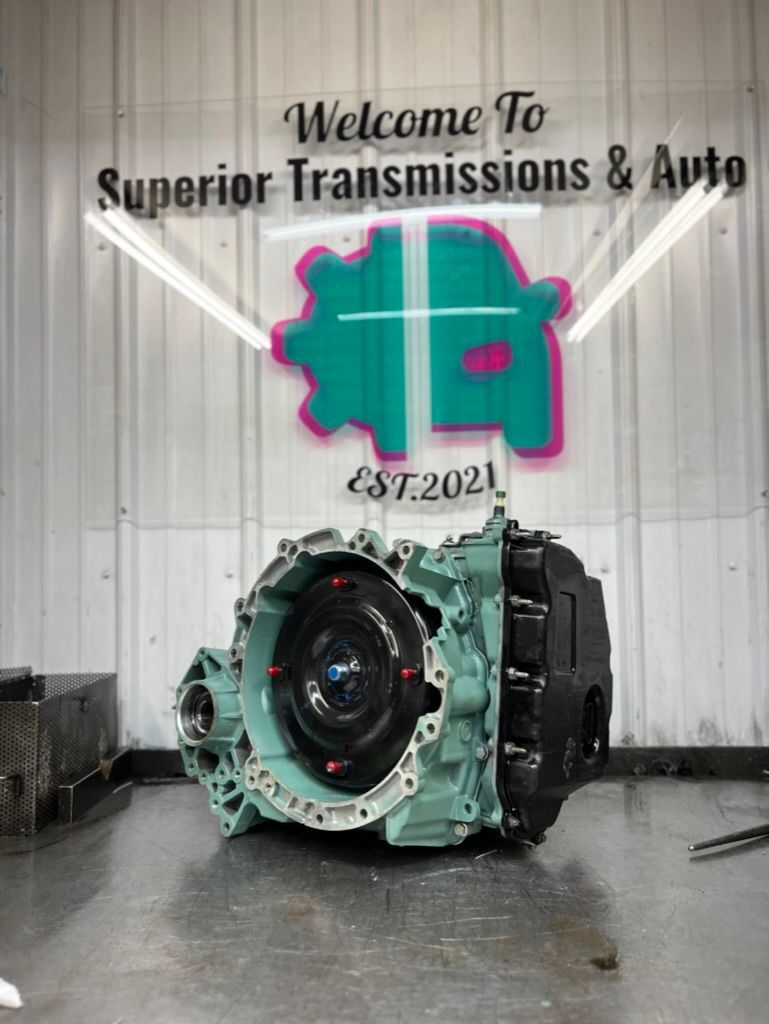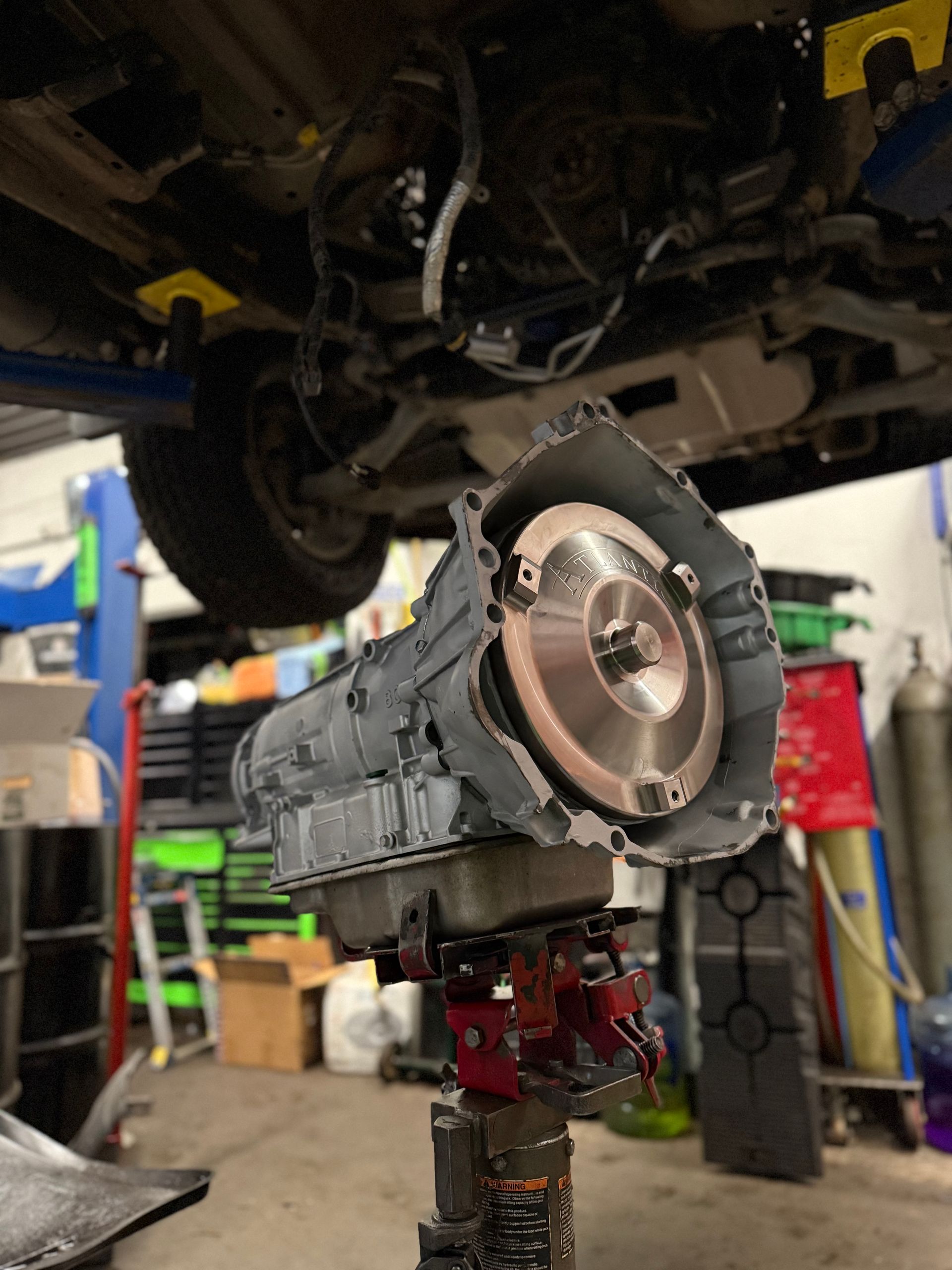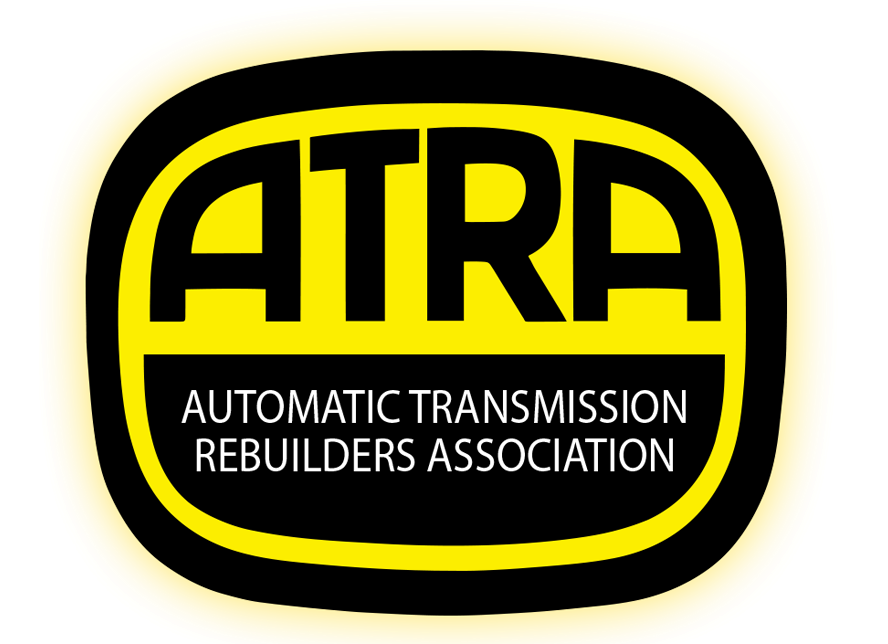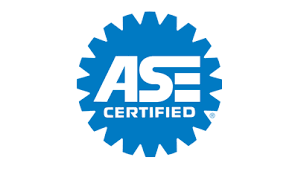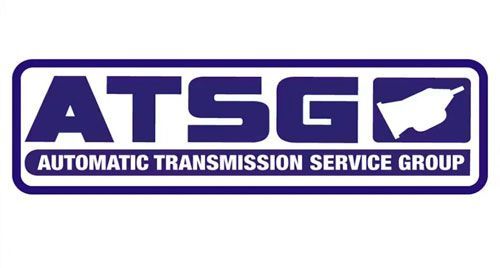Spring & Summer Vehicle Maintenance
April 15, 2025
April 15, 2025
Keep Your Car Road-Trip Ready

As the weather warms up and the days get longer, it’s the perfect time to give your vehicle some much-needed attention. After a long winter of freezing temperatures, road salt, and potholes, your car deserves a little TLC before you hit the road for summer fun. At **Superior Transmissions and Auto**, we’ve seen firsthand how seasonal changes affect vehicle performance—and we’re here to help you stay ahead of potential issues.
Here’s a handy spring and summer maintenance checklist to keep your vehicle running smoothly and safely:
1. Check and Top Off Fluids
Winter can be rough on your vehicle’s fluids. Now’s the time to check:
- Engine oil
- Transmission fluid
- Coolant/antifreeze
- Brake fluid
- Windshield washer fluid
Transmission fluid, in particular, is critical for smooth shifting and heat dissipation—especially in summer traffic and road trips. If your transmission fluid is low, dirty, or smells burnt, stop by Superior Transmissions and Auto for a fluid check or service.
2. Inspect Your Tires
Temperature swings can cause tire pressure to fluctuate. Check:
- Tire pressure (including the spare!)
- Tread depth
- Signs of uneven wear
Proper tire maintenance not only improves safety and fuel efficiency but also helps your suspension and drivetrain last longer.
3. Brake Check
Salt and moisture can wreak havoc on brake components. If you hear squeaking, grinding, or feel a soft pedal, get your brakes inspected ASAP. Brake jobs are one of our specialties, and we’ll make sure your stopping power is where it needs to be.
4. Cooling System Inspection
Your cooling system works extra hard in hot weather. We’ll inspect your radiator, hoses, belts, and thermostat to prevent overheating and costly engine damage.
5. Air Conditioning System
No one wants to get stuck in summer traffic without A/C. If your air isn't blowing cold or smells musty, your system may need a recharge or service.
6. Battery & Electrical System
Cold winters drain batteries, and summer heat speeds up wear. We’ll check your battery’s charge, terminals, and ensure your alternator and starter are working properly.
7. Suspension & Alignment
Potholes and rough winter roads can knock your alignment out of whack and damage suspension components. If your car pulls to one side or you notice unusual tire wear, we can get you straightened out.
8. Lights, Wipers & Filters
- Replace worn wiper blades
- Clean or replace air filters and cabin filters
- Check all exterior lights for functionality
Ready for a Worry-Free Summer?
Whether you’re planning a weekend getaway or just commuting in the summer heat, proper maintenance makes all the difference. Let our expert technicians at Superior Transmissions and Auto in New Windsor, NY, get your vehicle ready for the season.
Stop by or schedule your spring/summer maintenance today!
�55357;�56542; Call us | �55357;�56525; Visit us | �55357;�56492; Message us online
(845)522-8104 | 997 Little Britain Road New Windsor NY 12553
(845)522-8104 | 997 Little Britain Road New Windsor NY 12553


